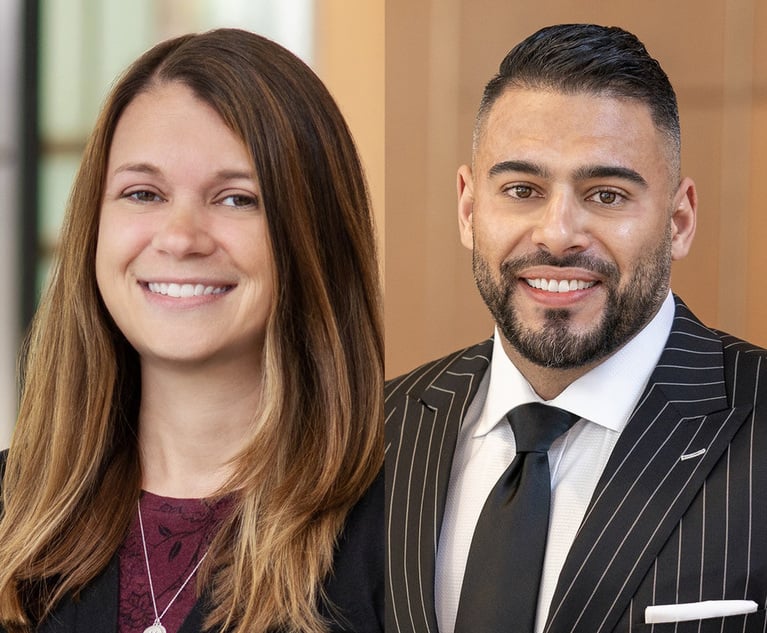Historically, the legal profession as a whole has been reluctant to embrace technology in the practice of law. However, following the lead of the American Bar Association’s 2012 update to the Model Rules of Professional Conduct, 38 states have now expanded the attorney’s duty of competence to encompass legal technology generally. This expansion has been complemented by a detailed opinion from the California Bar’s committee on professional responsibility and conduct that specifies e-discovery competence as an obligation and defines specific factors, see Formal Opinion No. 2015-193 (June 30, 2015). While attorneys should now be on notice that they must have a baseline level of knowledge on legal technology, and e-discovery specifically, putting that knowledge to practical use may present challenges.
Model Rule of Professional Conduct 1.4 requires an attorney to “reasonably consult with the client about the means by which the client’s objectives are to be accomplished” and “explain a matter to the extent reasonably necessary to permit the client to make informed decisions regarding the representation.” Thus, as part of the foundational competence required under Rule 1.1 and analogous state rules, attorneys not only must be technically competent, but also must be able to communicate reasonably with their clients regarding discovery knowledge and techniques. Just because an attorney understands e-discovery sufficiently to meet the competence threshold and make reasonably strategic decisions does not necessarily mean that she can convey this understanding readily in a ‘reasonable consultation’ that enables the client to “make informed decisions regarding the representation” in accordance with Rule 1.4.


 Courtney A. Murphy, e-discovery project manager with Clark Hill.
Courtney A. Murphy, e-discovery project manager with Clark Hill.




